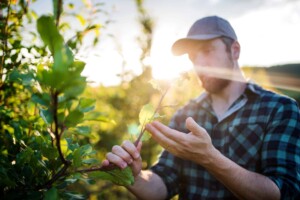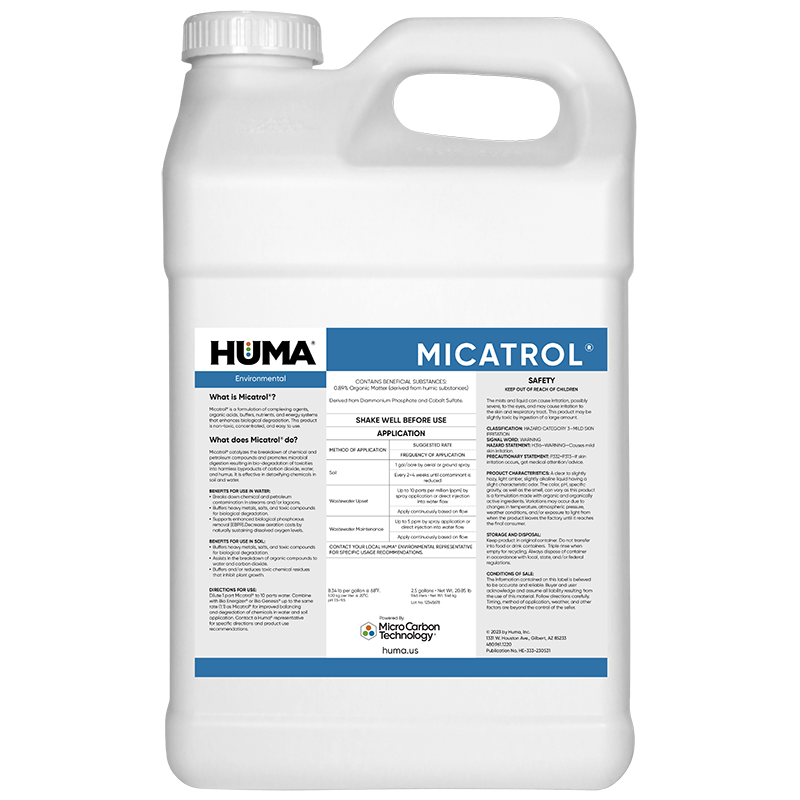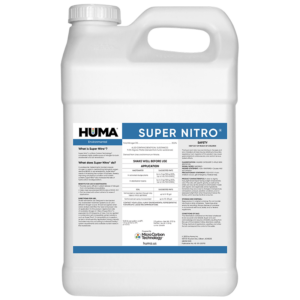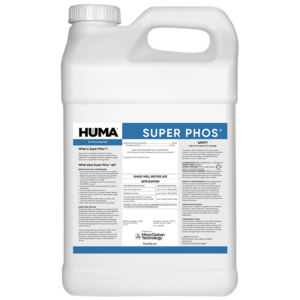FAQs
Related Videos
Related Products
Related Case Studies

Bio Genesis® Reduces Foam and Increases Stability at Idaho Municipal Wastewater Treatment Facility
Problem A municipal wastewater treatment facility in Idaho uses a small, activated sludge system to treat 35,000 gallons per day (gpd); waste activated sludge (WAS) is removed from the system approximately every 2 to 3 weeks. The system frequently experienced intermittent foaming and settling issues, as well as seasonal impact from grease relating to the

Bio Energizer® Reduces Sludge at Small Municipal Facility
Problem A small town in Utah (pop. 1,800) had a municipal wastewater system with a flow rate of 192,000 gallons per day. The system included a series of four lagoons that tapered to a depth of 6 feet, although at this time only Ponds 1 and 2 were being evaluated for treatment as they were

Lagoon Study Shows Sludge Layer Biologically Active and Responsive to Reduction Using Bio Energizer®
Summary In this study, a one-year bioremediation plan was implemented for a municipal wastewater treatment facility with 2 primary lagoons that were at risk of upset and in which wastewater processing capacity was reduced due to an increased sludge layer. Specific changes in strata microbial life were tracked through ATP and DNA analysis at quarterly
Related Blog Posts

The Water Break Podcast, Episode 29: Preventing Backflow, Part 2
“Where we bridge the gap between water plant operators and engineers” In episode 29 of the Water Break Podcast, Heather Jennings, PE, discusses fundamental water systems backflow and cross-connection issues with Gary McLaren, Marketing Director and “Backflow Nerd” at HydroCorp, based in Troy, Michigan, and Rich Davison, Engineering Sales at Soderholm & Associates in Madison,

BHN Sponsors Online Course on Sustainable Organic Agriculture Production
To help increase awareness about sustainable agriculture production, Bio Huma Netics, Inc., (BHN) is sponsoring a FarmProgress course for Certified Crop Advisers (CCAs) and Pest Control Advisers (PCAs) in the United States and Canada. This free online continuing education course, titled “Organic/Sustainable Agriculture Production -2022” aims to help working professionals learn about sustainable farming practices

Where Did the Water Go?
By Jared Alder, MS In England, it is estimated that around 700 million gallons of water—the equivalent of 1,200 Olympics–size swimming pools—is lost every day to leaks in the country’s vast water system. Often the water just rises out to the pavement and runs down the road. Utilities spend countless hours and a great deal of money and other resources trying to locate the sources of leaks, often tearing up roads multiple times in






